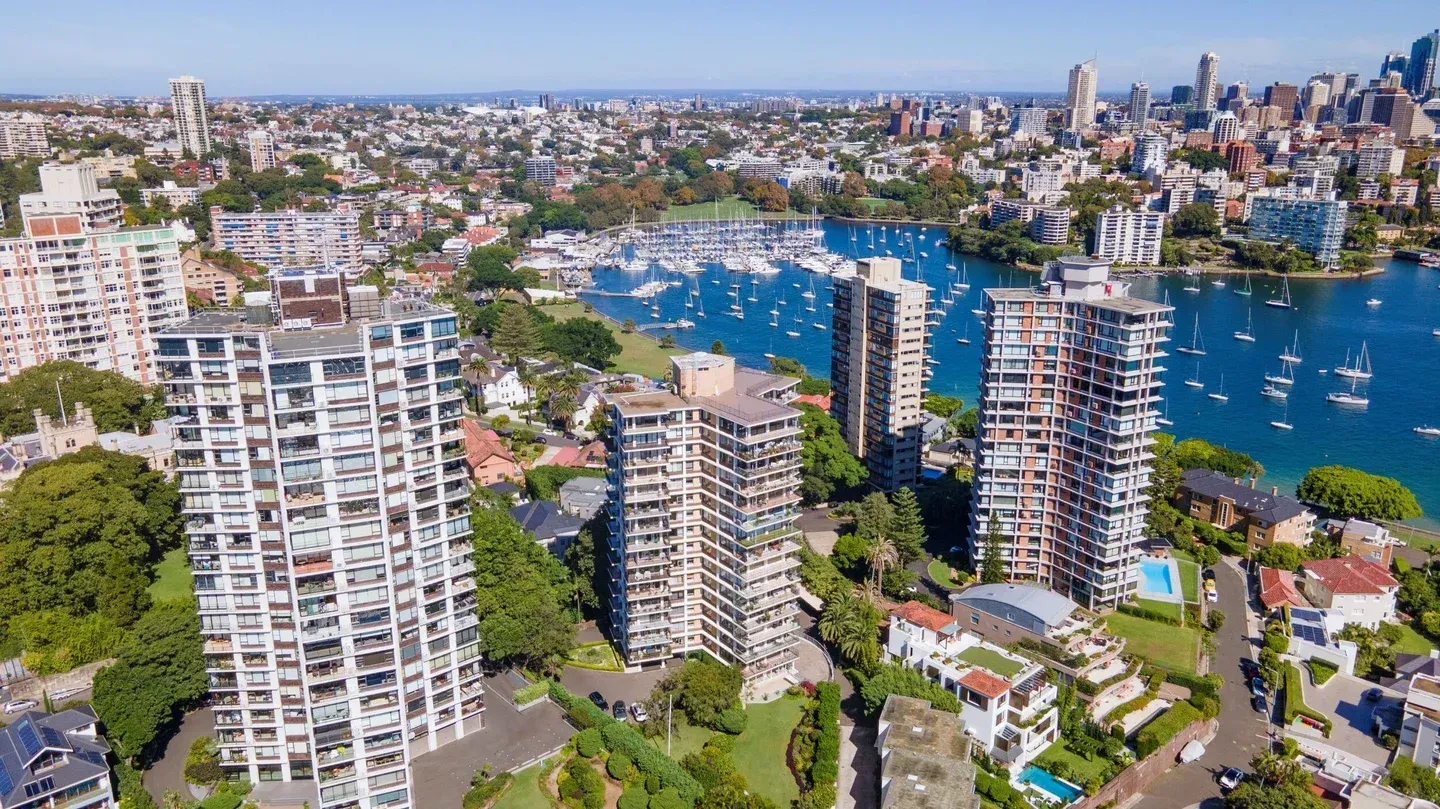Development Professional ? What Should Your CV Include
What to Put on Your CV if You Work in Development
The residential living sectors from Build-to-Rent (BTR) and Affordable Housing to Retirement Living, Co-living, and Student Accommodation are expanding rapidly across Australia. With new projects launching and capital flowing into the market, competition for development roles is strong.
Whether you’re a Development Analyst, Development Manager, or moving toward a Director role, your CV is your first opportunity to demonstrate capability. At Enable Talent Group, we review hundreds of CVs for development roles every year. Here’s what stands out.
1. Show the Projects You’ve Delivered
Development is about outcomes, and your CV should clearly demonstrate the projects you’ve worked on. Go beyond job titles and responsibilities by listing:
- Project type – e.g., BTR, PBSA, Retirement Living, Mixed-Use.
- Scale – number of units, total sqm, gross realisation, or project value.
- Stage involvement – site acquisition, feasibility, DA approvals, design management, construction, delivery, or stabilisation.
- Role and contribution – what you personally led or influenced (rather than a generic team achievement).
This helps employers immediately see your track record and where you fit into their pipeline.
2. Highlight Your Commercial Acumen
Employers in the living sectors want development talent who combine commercial insight with delivery experience. On your CV, bring out:
- Feasibility and financial modelling skills (Excel, EstateMaster, ARGUS).
- IRR and NPV analysis – how you’ve assessed deal viability.
- Funding and JV experience – exposure to debt, equity partners, or institutional investors.
- Risk management – where you’ve flagged or mitigated risks that impacted project outcomes.
Numbers matter — if you can tie your work to improved ROI, reduced costs, or accelerated timelines, it will resonate strongly.
3. Demonstrate Stakeholder Management
In the living sectors, stakeholder engagement is critical. Projects often involve government approvals, community consultation, operator input, and financial backers. Your CV should reflect:
- Negotiation with councils and planning authorities.
- Collaboration with architects, builders, and consultants.
- Alignment with investors, operators, or end-users.
- Examples of resolving competing interests to move a project forward.
This positions you as someone who can bridge technical, financial, and political considerations.
4. Technical and Regulatory Knowledge
Every market has nuances. Highlight your understanding of:
- Planning frameworks and zoning in your state (e.g., VIC vs NSW differences).
- Building codes and compliance for specific asset classes.
- Sustainability initiatives – e.g., NABERS, Green Star, or carbon-neutral developments.
- NDIS and SDA requirements if relevant.
Recruiters and hiring managers look for candidates who won’t need a steep learning curve on compliance.
5. Tailor for Seniority
Finally, adjust the level of detail to match your seniority:
- Analysts / Associates – focus on modelling, research, and support tasks.
- Development Managers – highlight leadership of specific projects, consultants, and stakeholders.
- Directors / Heads of Development – emphasise portfolio oversight, strategy, team leadership, and capital relationships.
Final Word
A CV for development roles in the living sectors should not just list responsibilities it should tell the story of the assets you’ve helped bring to life. Numbers, projects, and outcomes are far more powerful than generic descriptions.
At Enable Talent Group, we specialise in recruiting for the residential living sectors and know what employers are looking for. If you’d like a confidential discussion about your CV, or where your development experience can take you next, get in touch.
Insights and Updates from Our Blog
Welcome to the Enable Talent Blog — your go-to source for insights across Australia’s evolving living sectors.
From Build-to-Rent and Affordable Housing to Retirement Living, PBSA, and Co-living — we cover the trends, talent, and transformation shaping how Australians live and invest.
Here, we break down what’s driving growth, spotlight standout projects, and share practical intel for professionals and businesses navigating the residential living landscape.
If you’re in finance, development, asset management, or anything in between — this is where sharp thinking meets sector expertise.
Stay across it. Stay ahead.





